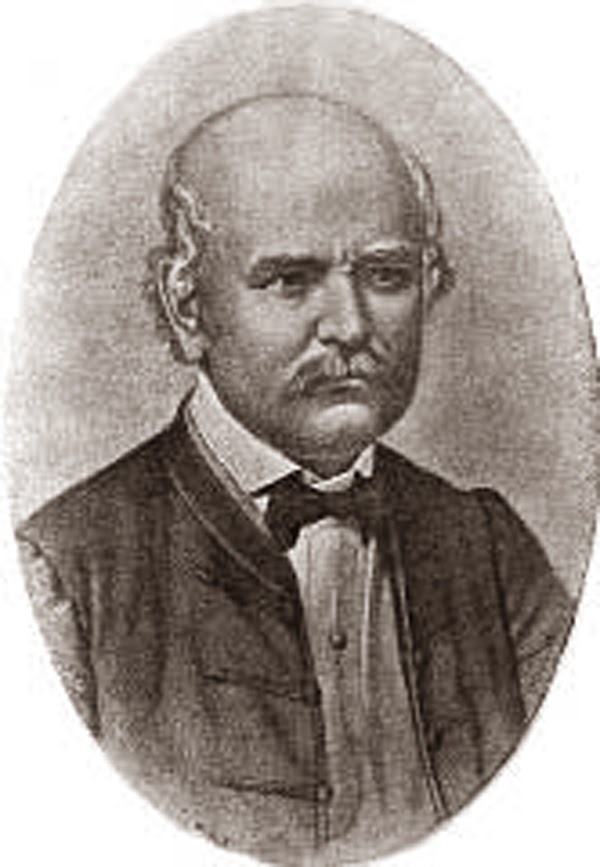The Ghosts of Infection Control

Today's post comes to us from the 19 th Century. “Ignaz Philipp Semmelweis (1818-65) a Hungarian obstetrician educated at the universities of Pest and Vienna, introduced antiseptic prophylaxis into medicine. In the 1840s, puerperal or childbirth fever, a bacterial infection of the female genital tract after childbirth, was taking the lives of up to 30% of women who gave birth in hospitals. Women who gave birth at home remained relatively unaffected. As assistant professor on the maternity ward of the Vienna General Hospital, Semmelweis observed that women examined by student doctors who had not washed their hands after leaving the autopsy room had very high death rates. When a colleague who had received a scalpel cut died of infection, Semmelweis concluded that puerperal fever was septic and contagious. He ordered students to wash their hands with chlorinated lime before examining patients; as a result, the maternal death rate was reduced from 12% to 1% in 2 years.
